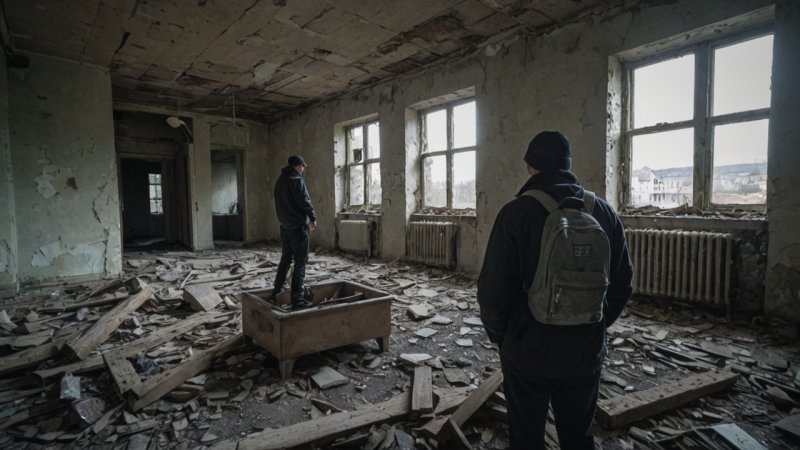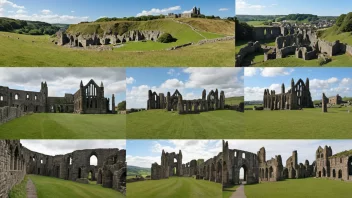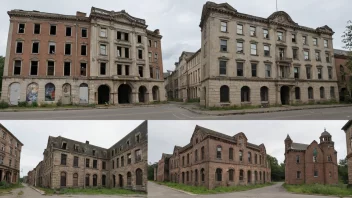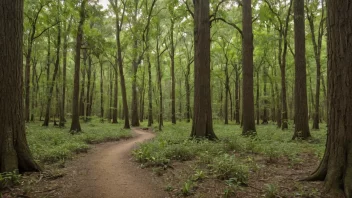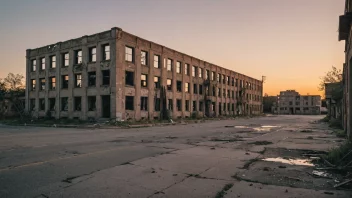Urban exploration, often referred to as urbex, invites adventurers to delve into the forgotten corners of cities, uncovering hidden treasures and abandoned sites that tell stories of the past. This practice is not merely about the thrill of exploring the unknown; it also serves as a profound reminder of the role memory plays in our connection to places. As we navigate through decaying structures and neglected locales, we are engaging with the memories embedded in the very fabric of these environments.
One of the key aspects of urban exploration is the juxtaposition of the present against the backdrop of history. Places once bustling with life can now appear desolate, but within their walls lies a narrative waiting to be rediscovered. This contrast between the vibrant memories of the past and the silence of abandonment prompts explorers to reflect on what these spaces once represented. For instance, an old factory might echo with the sounds of machinery and chatter, evoking images of a thriving community that relied on it for employment and sustenance.
As explorers sift through remnants of bygone eras, they engage in a form of memory work. Each object, whether it be a rusted tool or a faded photograph, acts as a tactile connection to history. Engaging with these artifacts allows us to reconstruct the stories of those who once inhabited these spaces. This process of remembering is not solely for personal enrichment; it also serves as a means of preserving collective memory. When we share our discoveries through photography or storytelling, we contribute to a public archive of urban history that might otherwise be lost.
Moreover, urban exploration encourages us to consider how places are shaped by their histories and the memories attached to them. Cities are living entities, continually evolving and transforming. As old neighborhoods are demolished to make way for new developments, the memories tied to those areas risk being erased. Urban explorers often advocate for the preservation of these sites, highlighting the importance of remembering our past as we look toward the future. This advocacy becomes a crucial part of their exploration, as they promote awareness of the significance of maintaining our historical sites.
In conclusion, urban exploration offers a rich tapestry of experiences that intertwine the present with the past. The role of memory in place is central to this practice, as it allows us to reconnect with the histories embedded in our urban environments. By exploring neglected spaces, we not only uncover lost stories but also assert the importance of preserving our collective memories. Each exploration serves as a reminder that every place has a story to tell, and through our engagement, we ensure that those stories are not forgotten.
